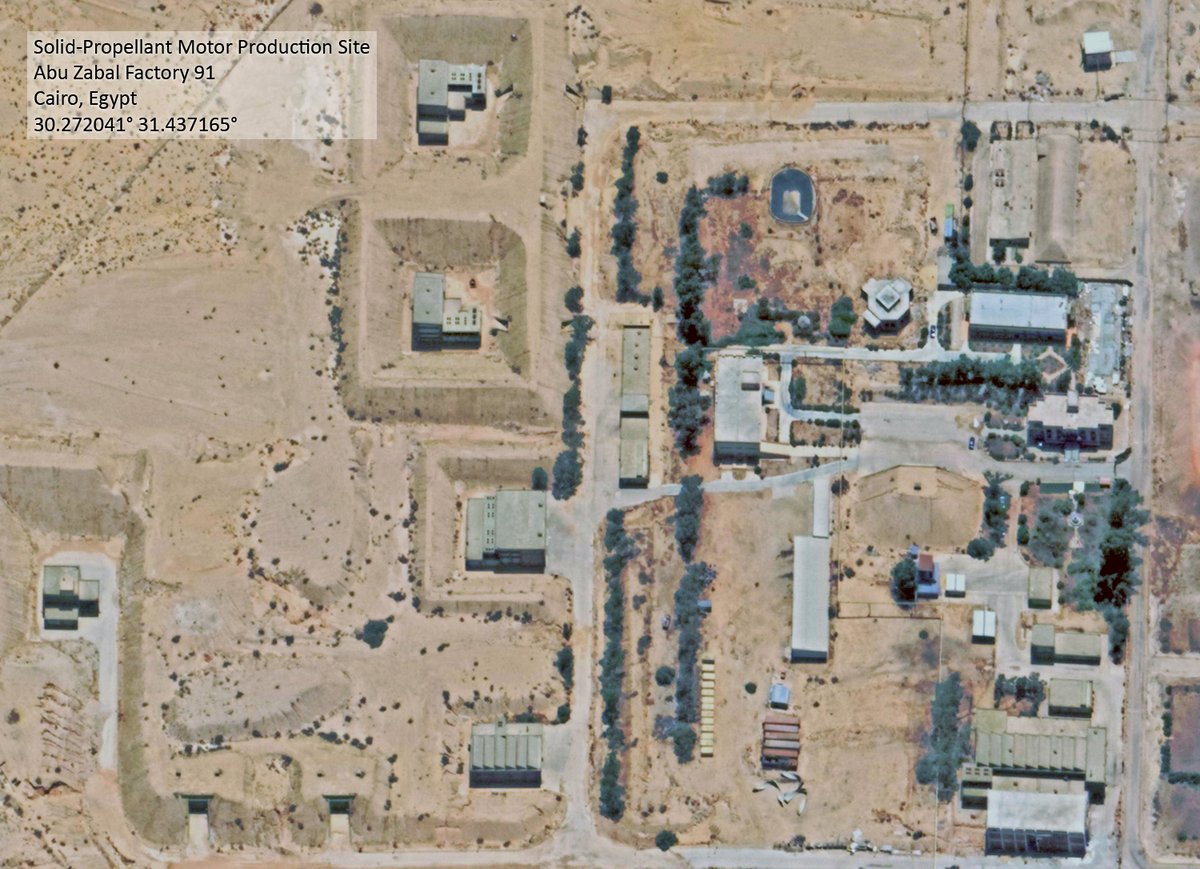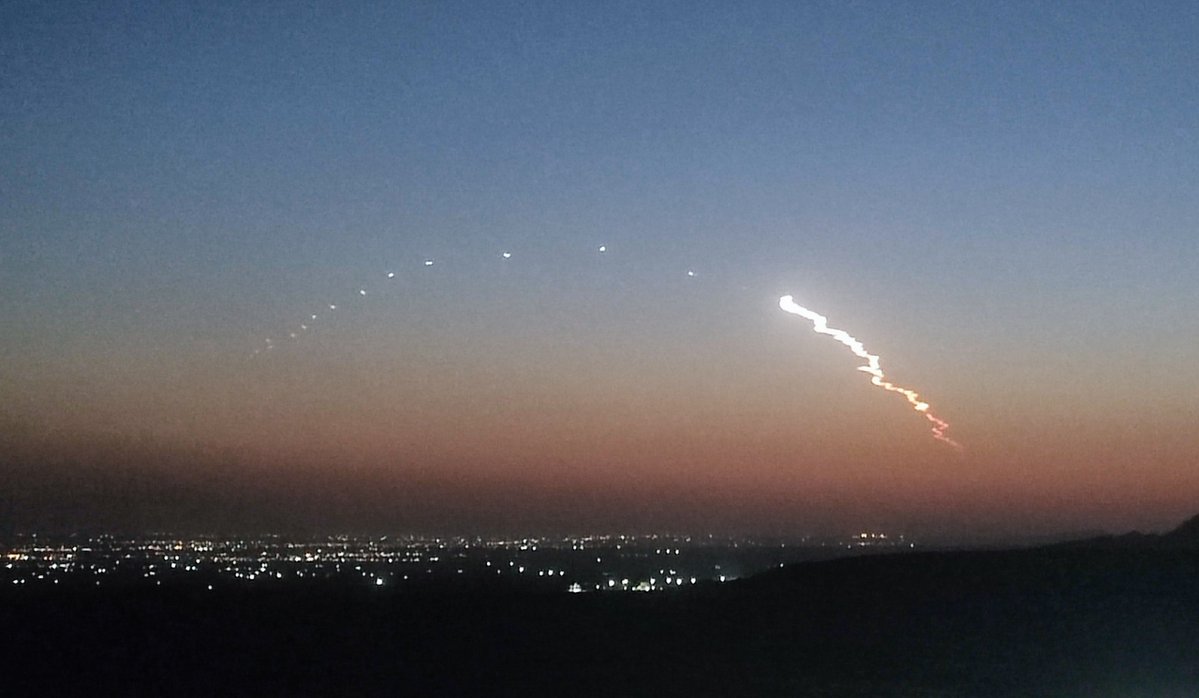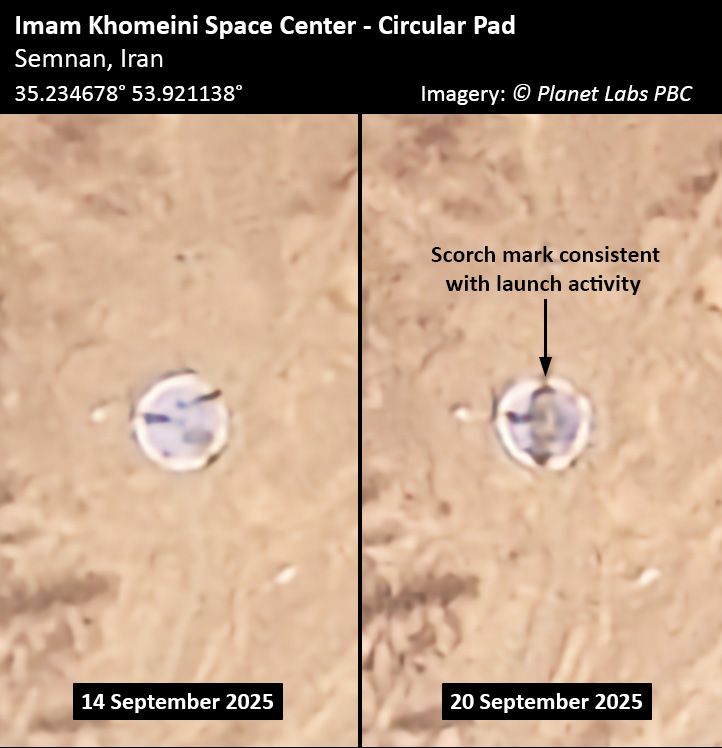If you are interested in missile proliferation, there is a good chance you have heard about the 1980s Condor 2 project. In a nutshell, it was a joint program by Argentina, Iraq and Egypt to build a highly sophisticated solid-propellant ballistic missile. 

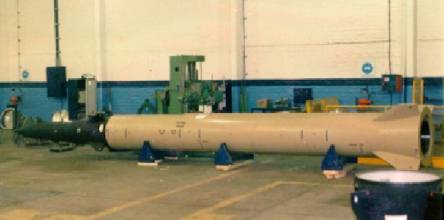
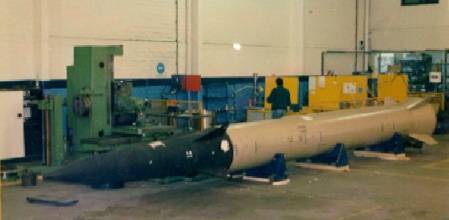
The program began in Argentina and similarly to other arms program of the country (IA-63, TAM), the system itself would be developed by Germans for local production inside Argentina. Also, Italy would have a role in the development of the propellant.
For the project, Argentina built a rocket motor factory at Falda del Carmen (-31.525 ° -64.468°) while Iraq planned to produce its motors at the Taj al-Ma’arik (33.009° 44.2037°) and al-Yawm a-‘Azim (32.810° 44.190°) plants. 


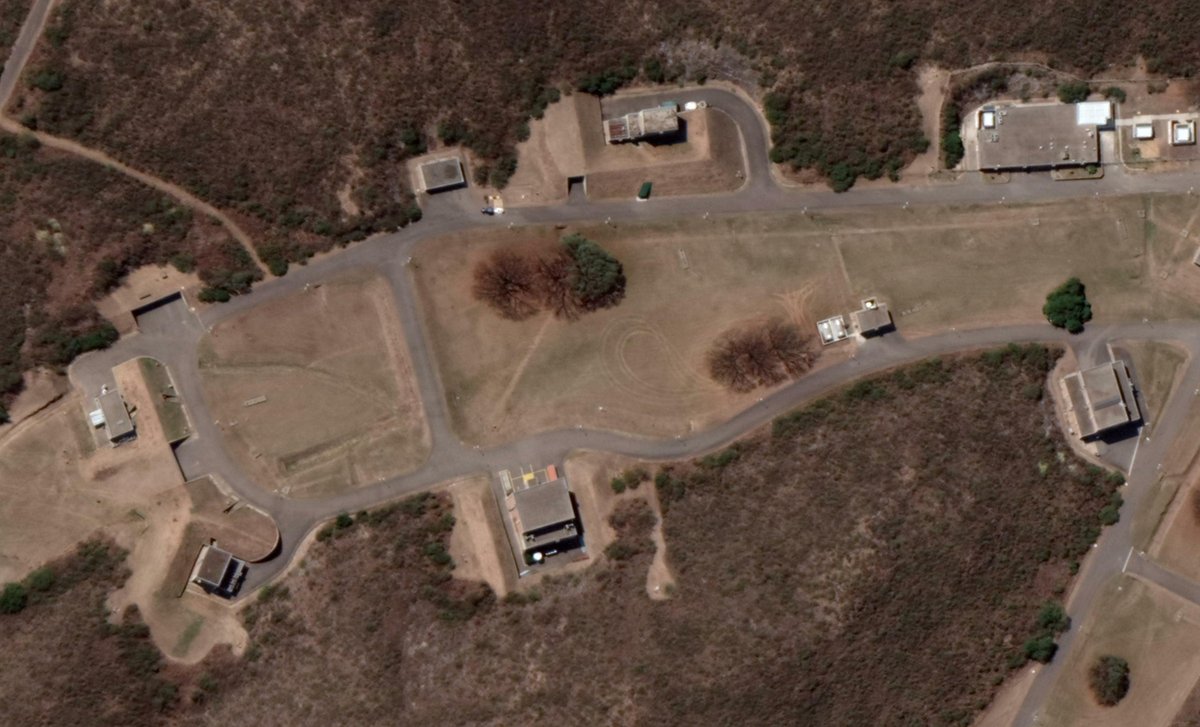
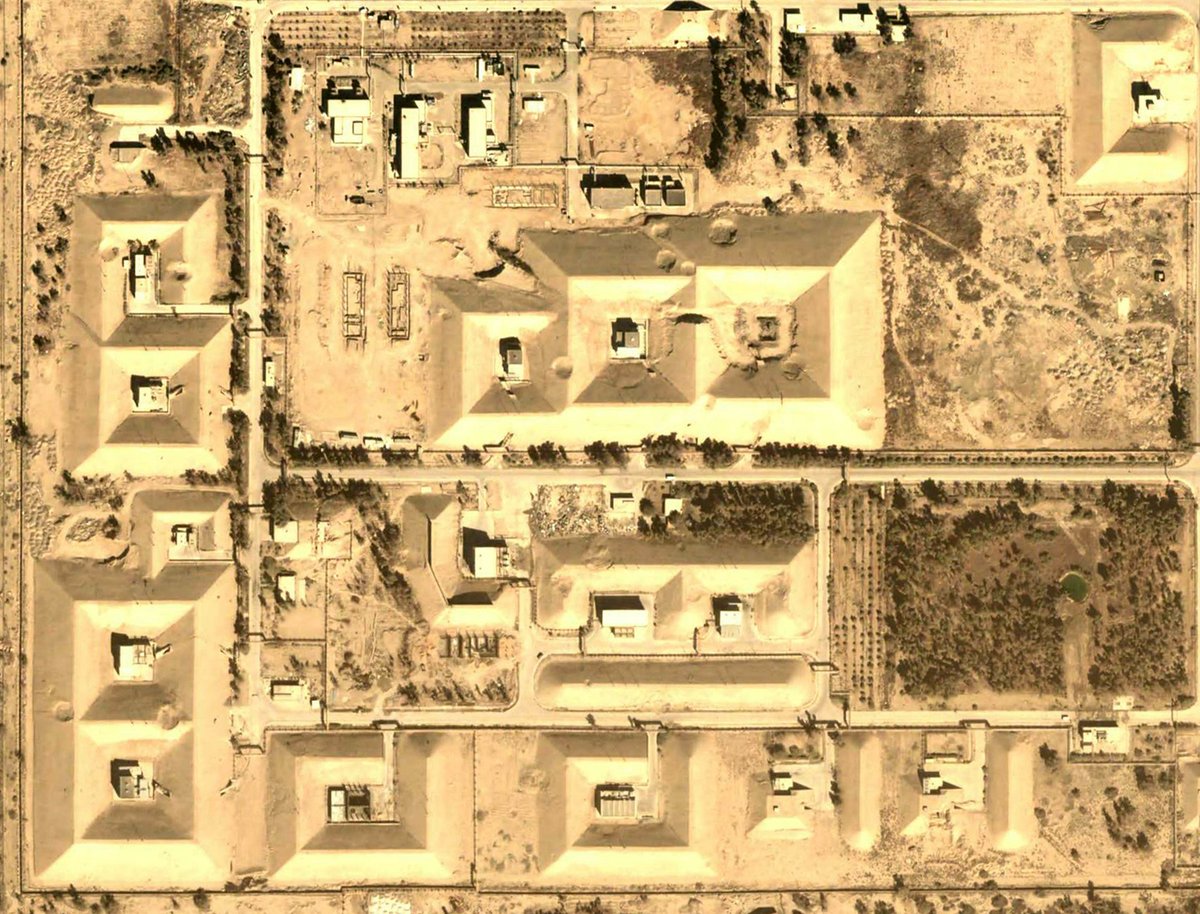
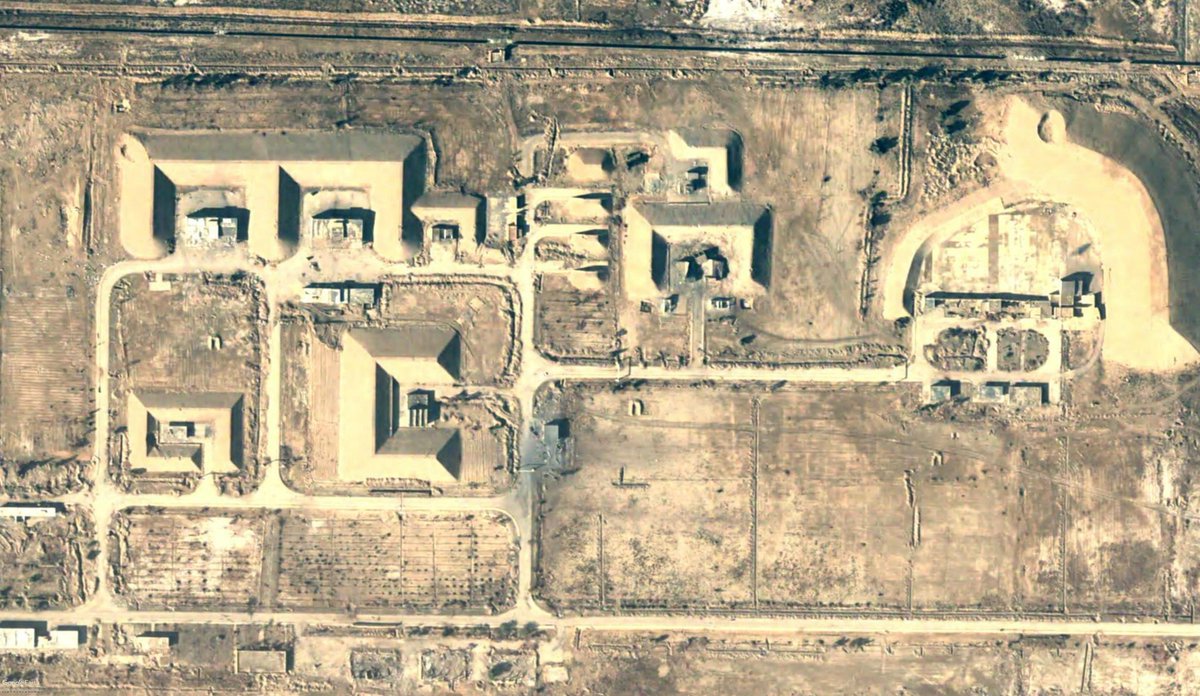
In the end, the program was unsuccessful. Argentina became democratic in the 1980s and decided to cancel the program under US pressure before production commenced. Iraq had its factories bombed and then dismantled by UN inspectors.
That left only Egypt. In 1988, several Egyptians in the US were caught red-handed illegally smuggling materials for the project out of the country with the help of Embassy personal. The standard narrative is that the Condor II (named Vector in Egypt) was cancelled as a result.
Or wasn’t it? A US diplomatic source claimed the program was never really cancelled but rather on life support. Similarly, the US’ Ballistic and Cruise Missile Threat report listed the Vector as being under development but not flight-tested as late as 2003. 

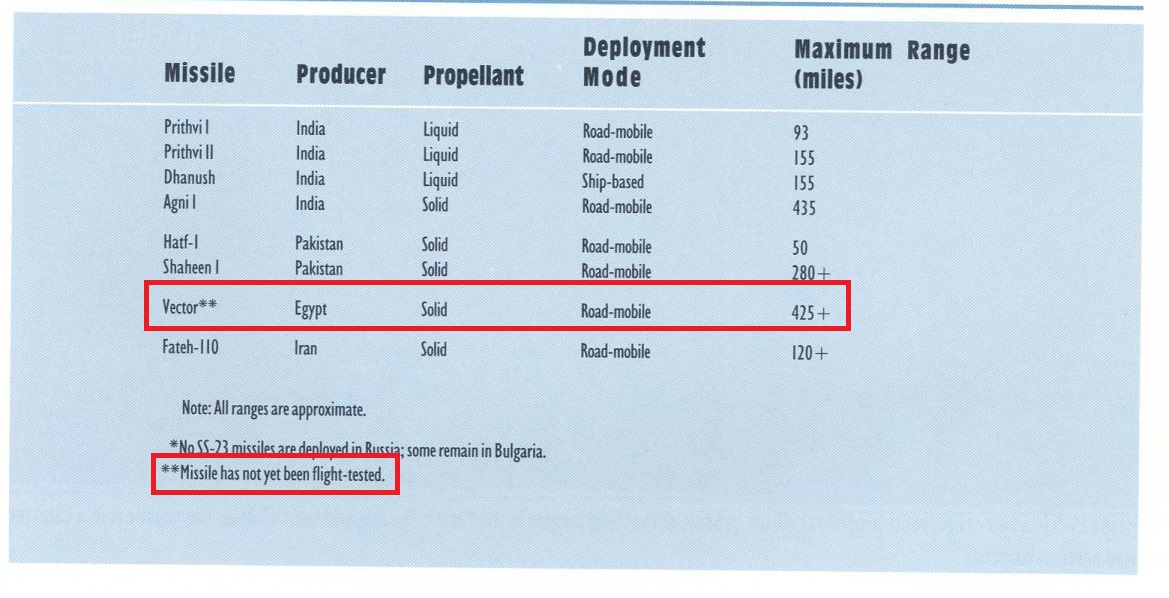

Where did Egypt planto build its Condors? The CIA names the Abu Zaabal Company for Specialized Chemicals/Abu Zabal Factory 91 as Egypt’s solid propellant production site. And behold, there is a site displaying all the features of a solid-propellant site near the town of Abu Zabal 

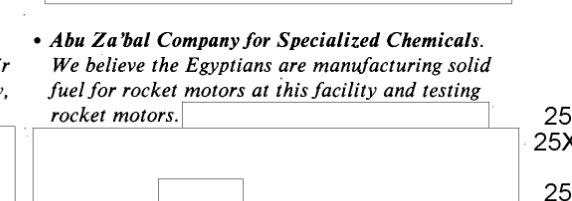
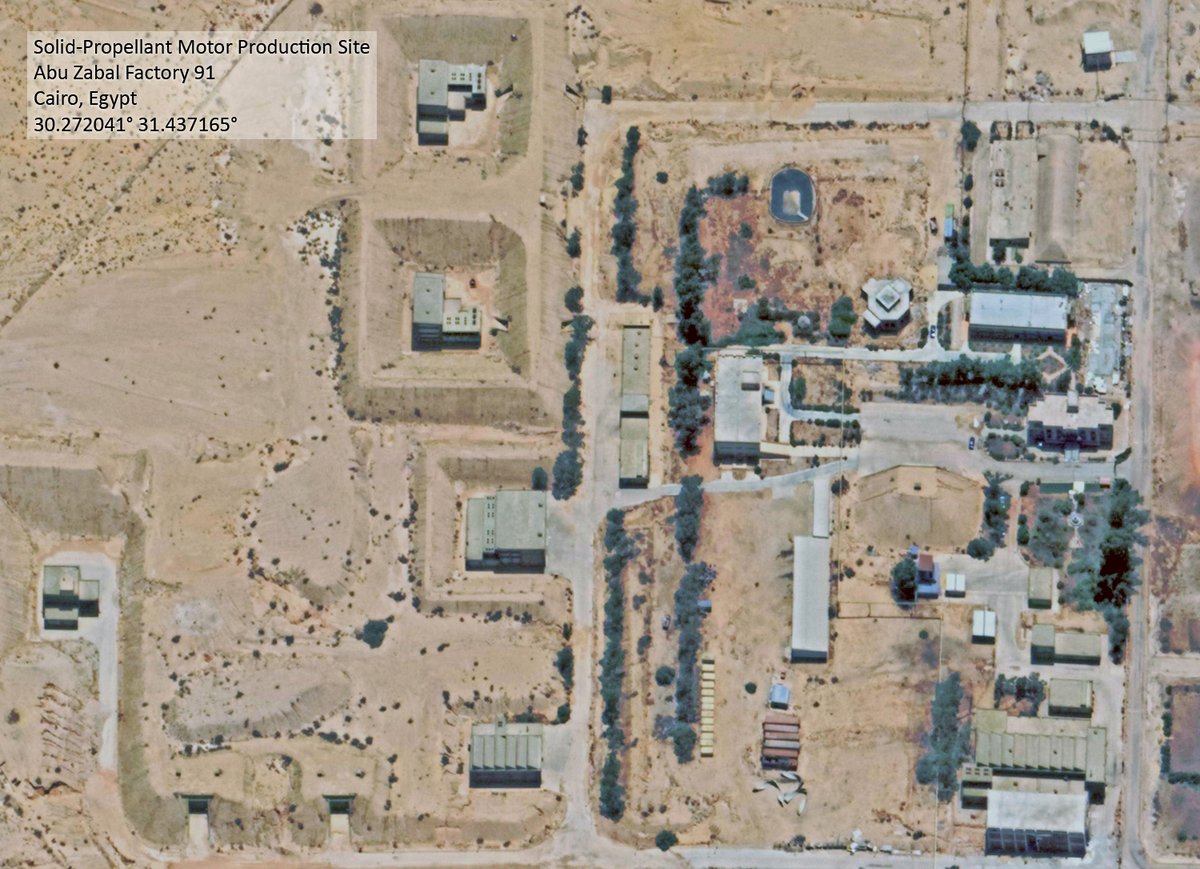
But it gets better. Close comparisons show that many buildings are carbon copies of the ones at Iraq’s Taj al-Maarik site. Shown below are a Iraqi building for propellant mixing, slightly dented in Desert Storm, and its Egyptian equivalent. 

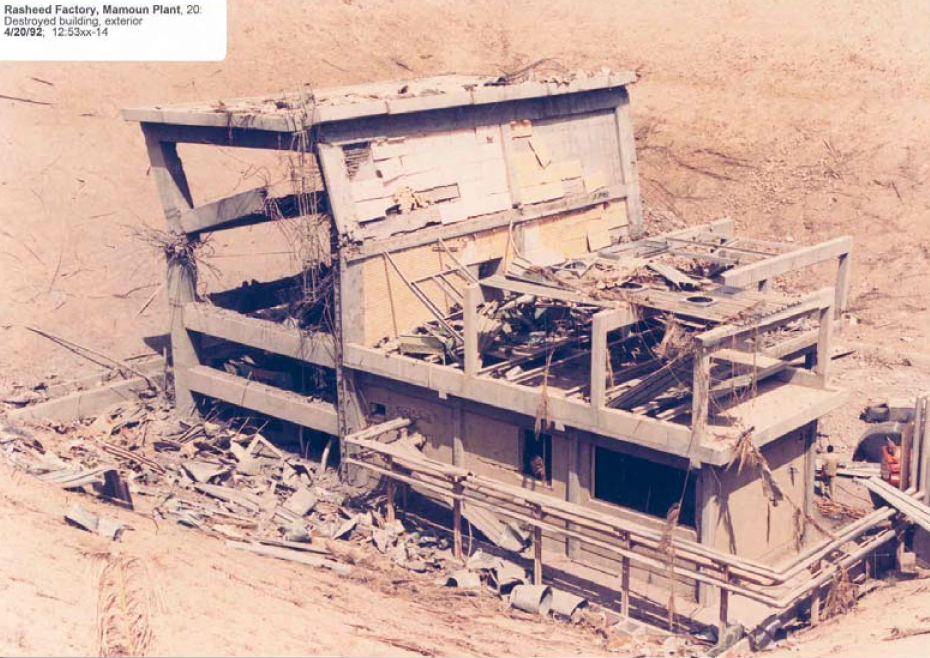
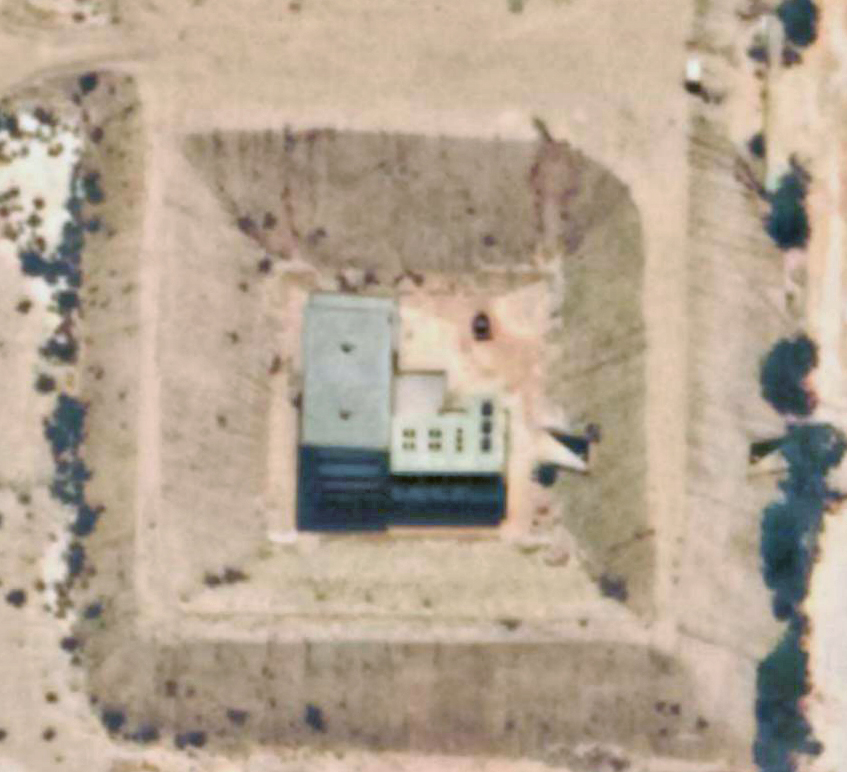
Finally, German investigative journalist Egmont Koch thankfully let me take a look at pictures secretly taken during construction providing final confirmation that this is Egypt’s Condor II factory.
Somewhat surprisingly, satellite imagery indicates the site is still active with the facility itself having been modestly expanded over the last two decades.
There are also other curious new additions within the broader perimeter of Abu Zabal 91. For example, this site featuring bermed high-bay buildings which was built between 2014 and 2016. 
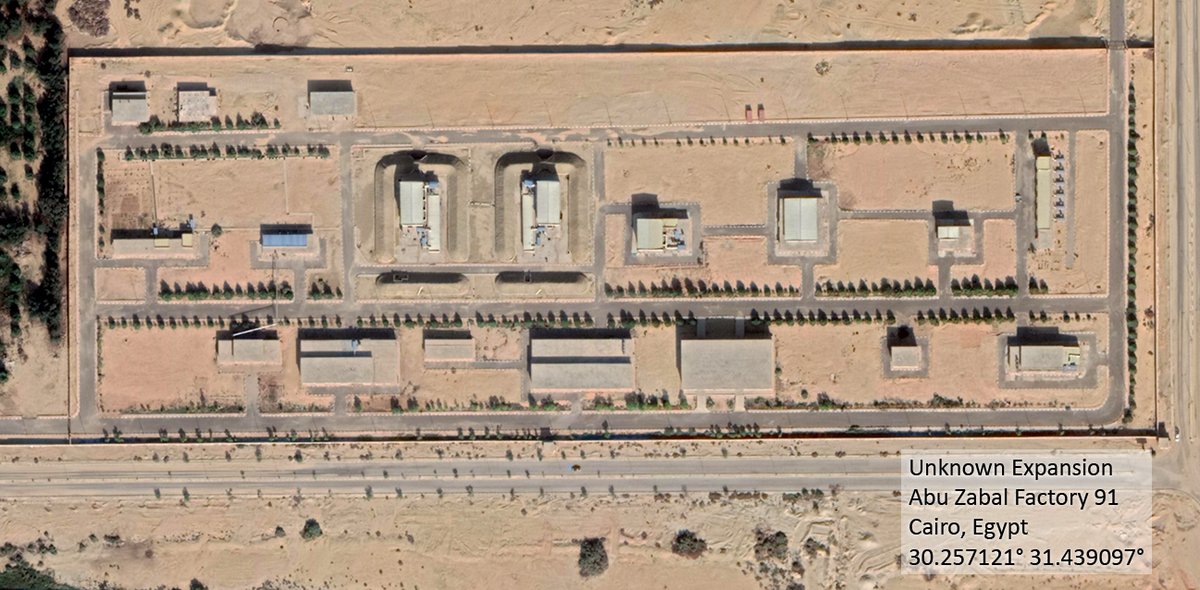
Close to the site, there is a separate facility that I suspect to house horizontal test stands. What looks like a new test stand was added between 2016 and 2017.
There are also two structures looking suspiciously like horizontal solid propellant test stands at the Jabal Hamza site, one of which was built between 2013 and 2016. 
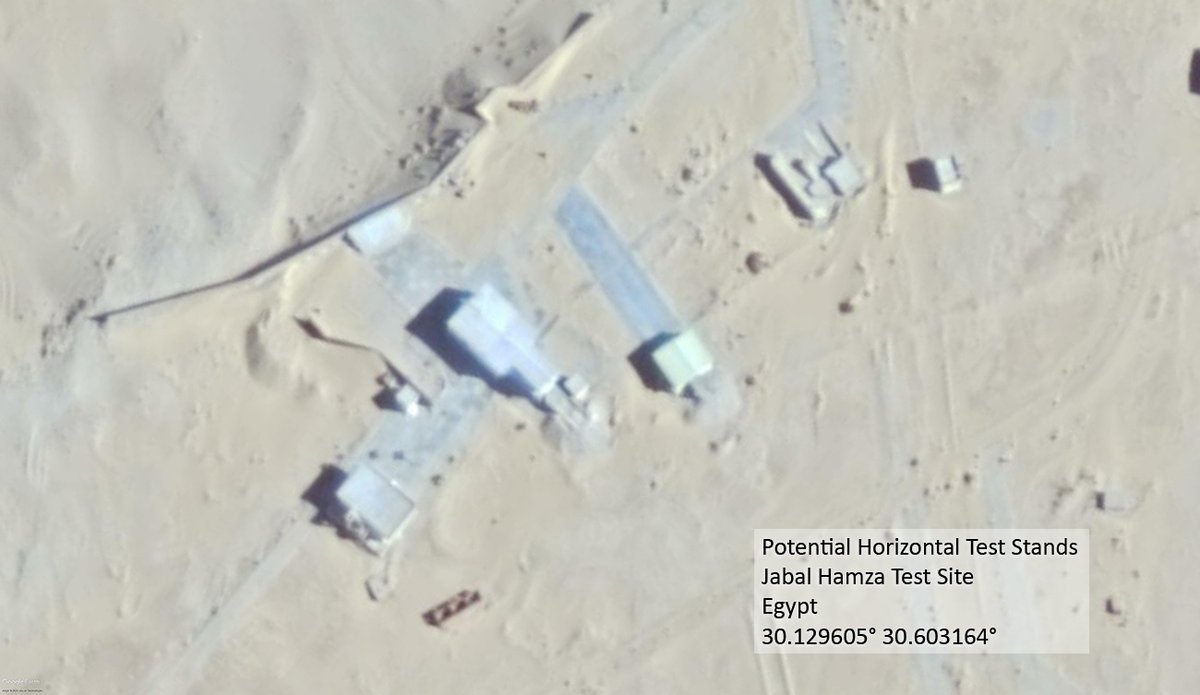
Egypt’s missile program is extremely secretive which makes it difficult to know what’s going on. A resumption of the Condor? An indigenous design? Something Chinese? Cooperation with KSA? Or perhaps no ballistic missiles at all and simply some artillery rocket or SAM work?
As with the upgrade of Egypt’s liquid fuel test stands, only time will tell what this is all about.
END
• • •
Missing some Tweet in this thread? You can try to
force a refresh

